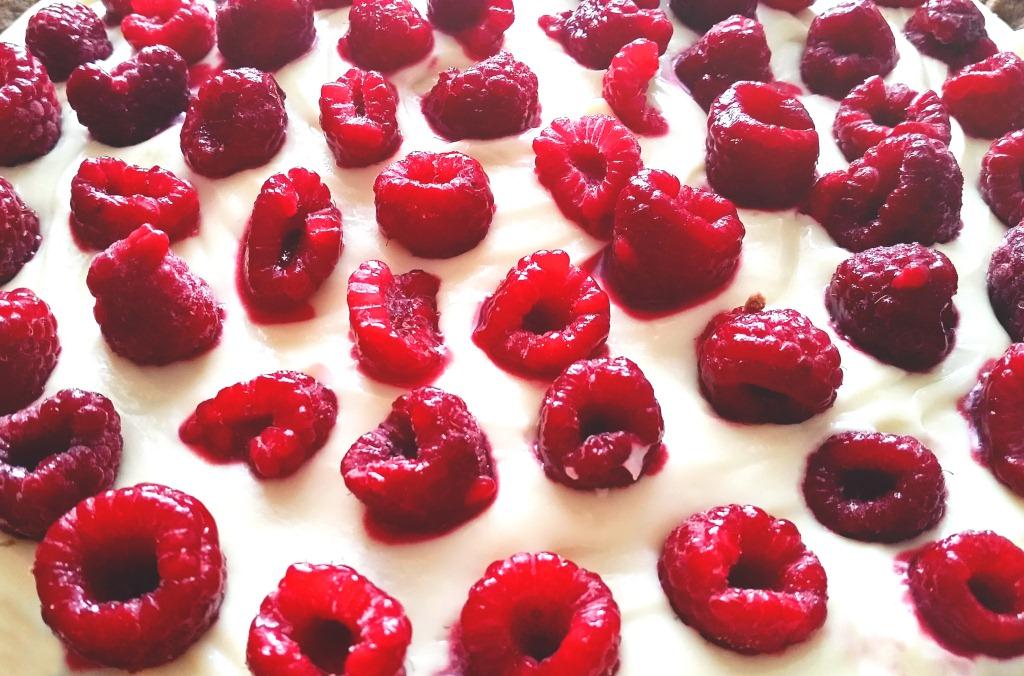Finding your trigger foods
When you are newly diagnosed with Crohn’s or colitis, there is a flood of information about how to control symptoms, what medication could assist, and a million different opinions on food that you should or shouldn’t eat.

“Don’t eat pizza, don’t drink milk, stay away from curry, eat lots of kale even if you don’t like it…”
The simple response is that IBD is a very personal disease, and what acts as a trigger for one person may be well tolerated by another. So how do you begin the process of working out what your body reacts poorly to?
The first step to consider is whether you are currently in flare, or are assessing your diet during a period of relative health. These two different states may produce different reactions to certain foods, or complicate assessing what your bowel can tolerate.
As we have noted in our IBD Toolkit, during flare-ups of disease some people find that a bland, low fibre diet is easier to tolerate than one that contains high fibre or spicy foods. Low fibre diets are those that restrict the harsh skins and seeds found in some fruits, vegetables and dried fruit, in addition to nuts, seeds and wholegrains.
These diets tend to stimulate less secretion of intestinal fluids and cause less contraction in the small and large intestines and may help to control symptoms such as abdominal cramps and diarrhoea.
While this can be helpful in the first instance, individual experience is the most useful guide to finding your food tolerances. Imagine if you followed the advice of every different internet article on IBD – you would probably be left on a diet of dust and the occasional dry cracker!
But if you are trying to figure out good nutrition that suits your body and lifestyle, here are a few tips on starting that process:
- Keep a food diary, noting your level of inflammation and symptoms, as well as the food you are eating. Doing this for a couple of weeks at the beginning of the process will give you a base line, or ‘control’ diet to start from.
- Speak to your parents. They might have insights about foods that seemed to upset you as a child, or other nutritional complaints or apparent intolerances. Remember, you know your own body the best, but Mum or Dad might help!
- Remember that IBD is not ‘cured’ through diet. Inflammatory bowel disease is an incurable disease that works in periods of flare and near-remission. A healthy, balanced diet can assist in controlling symptoms, but it is only one part of your overall treatment plan.
- Consult a dietitian. Sometimes it can be a real benefit to sit down with a professional (one who has a good understanding of IBD!) and nut out a proper plan of attack. Setting up good habits now can have long-lasting benefits for people with IBD – you might as well do it properly!
Remember, any significant changes to your diet or nutrition should be discussed with your treatment team.